-
 Bitcoin
Bitcoin $101,730.5414
-2.70% -
 Ethereum
Ethereum $2,454.6799
-2.55% -
 Tether USDt
Tether USDt $1.0000
-0.02% -
 XRP
XRP $2.4821
4.61% -
 BNB
BNB $657.8495
0.61% -
 Solana
Solana $170.2739
-1.66% -
 USDC
USDC $0.9998
-0.01% -
 Dogecoin
Dogecoin $0.2259
-2.53% -
 Cardano
Cardano $0.8000
-1.49% -
 TRON
TRON $0.2720
2.89% -
 Sui
Sui $3.8978
-2.73% -
 Chainlink
Chainlink $16.4135
-3.46% -
 Avalanche
Avalanche $24.3873
-1.68% -
 Stellar
Stellar $0.3078
0.12% -
 Shiba Inu
Shiba Inu $0.0...01538
-3.80% -
 Hedera
Hedera $0.2113
2.90% -
 Toncoin
Toncoin $3.3163
-1.73% -
 Bitcoin Cash
Bitcoin Cash $406.7742
-0.94% -
 Hyperliquid
Hyperliquid $24.0023
-2.39% -
 Polkadot
Polkadot $5.0218
-2.11% -
 UNUS SED LEO
UNUS SED LEO $8.4943
1.49% -
 Pi
Pi $1.1016
1.30% -
 Litecoin
Litecoin $100.8299
0.36% -
 Monero
Monero $335.7882
-0.16% -
 Pepe
Pepe $0.0...01329
-2.77% -
 Bitget Token
Bitget Token $4.7432
-2.62% -
 Dai
Dai $1.0000
0.01% -
 Ethena USDe
Ethena USDe $1.0009
0.05% -
 Uniswap
Uniswap $6.8219
-1.56% -
 Bittensor
Bittensor $452.7810
-0.39%
MetaMask balance is not synchronized. Is the RPC node stable?
MetaMask balance not syncing? It might be due to an unstable RPC node. Try refreshing, switching nodes, or using blockchain explorers to verify your balance.
May 12, 2025 at 12:43 pm
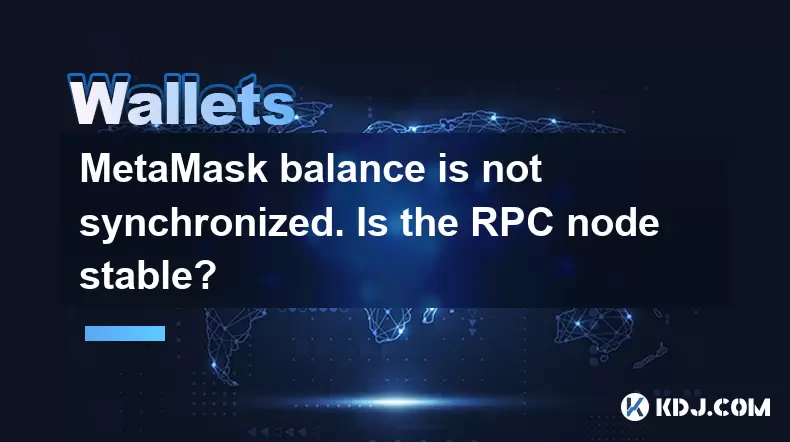
Understanding the MetaMask Balance Synchronization Issue
When users encounter a situation where their MetaMask balance is not synchronized, it can lead to confusion and concern about the security and accuracy of their cryptocurrency holdings. This issue typically manifests as a discrepancy between the balance shown in MetaMask and the actual balance on the blockchain. One of the potential causes of this problem is the stability of the RPC (Remote Procedure Call) node that MetaMask uses to interact with the Ethereum blockchain.
What is an RPC Node and Its Role in MetaMask?
An RPC node is a server that allows MetaMask to communicate with the Ethereum blockchain. It acts as an intermediary, fetching data from the blockchain and relaying it back to the user's wallet. The stability and performance of the RPC node are crucial because they directly affect the accuracy and timeliness of the data MetaMask displays. If the RPC node is unstable, it may fail to fetch the latest blockchain data, leading to a balance that is not synchronized.
How to Check the Stability of an RPC Node
To determine if the RPC node is stable, users can follow these steps:
Check the Node's Status: Many RPC node providers offer status pages or dashboards where users can check the current health and performance of the node. Look for uptime statistics, latency, and any reported issues.
Use a Different RPC Node: MetaMask allows users to switch between different RPC nodes. By trying an alternative node, you can see if the balance synchronization issue persists. If the balance updates correctly with a different node, it suggests that the original node was unstable.
Monitor Transaction Speeds: If transactions are taking longer than usual to confirm, it could indicate that the RPC node is experiencing issues. You can use blockchain explorers to compare transaction speeds with other nodes.
Troubleshooting MetaMask Balance Synchronization
If you suspect that the RPC node's stability is causing the balance synchronization issue, here are some steps to troubleshoot and potentially resolve the problem:
Refresh the Wallet: Sometimes, simply refreshing the wallet can resolve temporary synchronization issues. Click on the account icon and select "Refresh" to update the balance.
Switch to a Different Network: MetaMask allows you to switch between different Ethereum networks. Try switching to a testnet or a different RPC node to see if the balance updates correctly.
Clear Cache and Data: Clearing the cache and data of the MetaMask extension or app can help resolve issues caused by corrupted data. Be sure to back up your seed phrase before doing this.
Check for Software Updates: Ensure that MetaMask is running the latest version, as updates often include fixes for known issues. You can check for updates in the browser's extension store or the app store on your mobile device.
Alternative Solutions for Balance Synchronization
If the RPC node stability is not the root cause of the balance synchronization issue, consider these alternative solutions:
Use a Hardware Wallet: Hardware wallets like Ledger or Trezor can provide an additional layer of security and often have their own methods for checking balances, which may be more reliable.
Utilize Blockchain Explorers: Directly checking your wallet address on a blockchain explorer like Etherscan can confirm your actual balance on the blockchain, bypassing any issues with MetaMask or the RPC node.
Contact MetaMask Support: If the issue persists, reaching out to MetaMask's support team can provide further assistance. They can help diagnose whether the problem is related to the wallet software or the RPC node.
Verifying the Accuracy of Your MetaMask Balance
To ensure the accuracy of your MetaMask balance, follow these steps:
Cross-Reference with Blockchain Explorers: Enter your wallet address into a blockchain explorer to verify the balance shown matches what MetaMask displays.
Check Multiple Sources: Use different RPC nodes and blockchain explorers to confirm the balance. If multiple sources show the same balance, it is likely accurate.
Monitor for Updates: Keep an eye on the MetaMask interface for any updates or notifications about balance changes. If the balance suddenly updates, it could indicate that the RPC node has resolved its issues.
Frequently Asked Questions
Q: Can a slow internet connection affect MetaMask balance synchronization?
A: Yes, a slow internet connection can impact the speed at which MetaMask communicates with the RPC node, potentially leading to delays in balance synchronization. Ensure your internet connection is stable and fast enough to handle blockchain data requests.
Q: Is it possible for the MetaMask balance to be incorrect due to a security breach?
A: While rare, it is possible for a security breach to affect the data displayed in MetaMask. Always ensure you are using the official MetaMask software and keep your seed phrase secure to minimize this risk.
Q: How often should I check my MetaMask balance to ensure it is synchronized?
A: It is a good practice to check your MetaMask balance regularly, especially after making transactions. If you notice discrepancies, try the troubleshooting steps mentioned earlier to resolve the issue.
Q: Can using a VPN affect the stability of the RPC node connection in MetaMask?
A: Yes, using a VPN can sometimes affect the connection to the RPC node, leading to potential synchronization issues. If you experience problems, try disabling the VPN to see if it resolves the issue.
Disclaimer:info@kdj.com
The information provided is not trading advice. kdj.com does not assume any responsibility for any investments made based on the information provided in this article. Cryptocurrencies are highly volatile and it is highly recommended that you invest with caution after thorough research!
If you believe that the content used on this website infringes your copyright, please contact us immediately (info@kdj.com) and we will delete it promptly.
- Donald Trump says US and China have agreed to a 'total reset' in trade that will cut tariffs and ease tensions
- 2025-05-13 03:25:13
- Strategy Expands Its Bitcoin Position With the Purchase of 13390 BTC for Approximately 1.34 Billion
- 2025-05-13 03:25:13
- AI-Driven Digital Currency Generation Hub. Distinguishing Between Cryptocurrency Allocation and Remote Mining
- 2025-05-13 03:20:12
- It's hard to measure the outsized influence President Donald Trump has had on crypto
- 2025-05-13 03:20:12
- SUI recently broke out of a bullish pennant formation. This is a technical chart pattern that often appears during strong uptrends and usually signals the continuation of upward movement.
- 2025-05-13 03:15:14
- Ethereum Whales Move 150k Coins as Price Hits New Highs
- 2025-05-13 03:15:14
Related knowledge
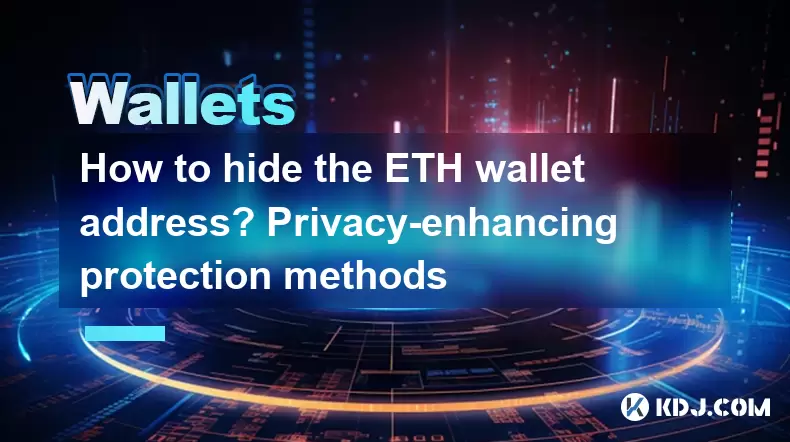
How to hide the ETH wallet address? Privacy-enhancing protection methods
May 13,2025 at 12:28am
Protecting your Ethereum (ETH) wallet address is crucial for maintaining privacy and security within the cryptocurrency space. With the growing concerns over privacy breaches and hacking attempts, it is essential to understand various methods that can help you hide your ETH wallet address effectively. This article will delve into several privacy-enhanci...
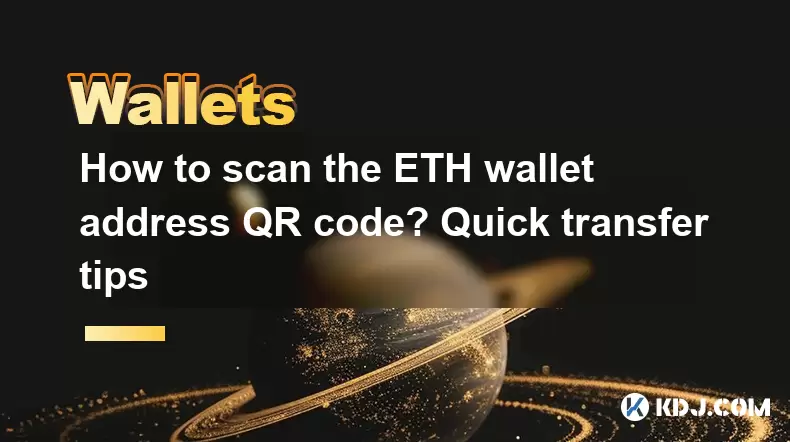
How to scan the ETH wallet address QR code? Quick transfer tips
May 13,2025 at 02:21am
Scanning an Ethereum (ETH) wallet address QR code is a convenient and quick way to initiate transactions. Whether you're sending ETH to a friend or making a purchase, understanding how to properly scan a QR code can streamline your cryptocurrency transfers. This article will guide you through the process step-by-step and provide additional tips for quic...
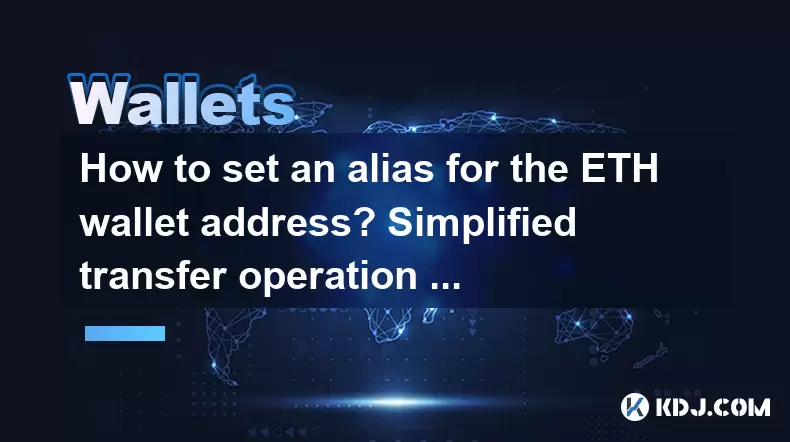
How to set an alias for the ETH wallet address? Simplified transfer operation guide
May 13,2025 at 02:49am
Setting an alias for your Ethereum (ETH) wallet address can significantly simplify the process of sending and receiving cryptocurrencies. An alias serves as a user-friendly name that replaces the long, complex string of characters that make up a typical ETH address. This guide will walk you through the steps to set up an alias for your ETH wallet and pr...
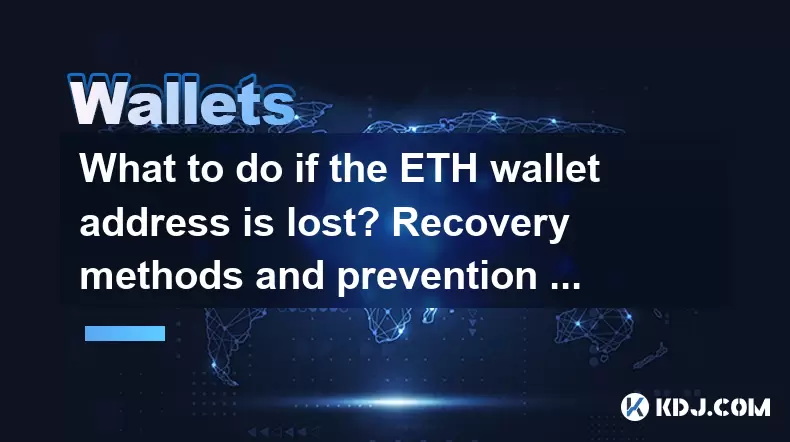
What to do if the ETH wallet address is lost? Recovery methods and prevention suggestions
May 13,2025 at 12:42am
Losing an Ethereum (ETH) wallet address can be a distressing experience, especially if it contains significant funds. However, there are several recovery methods and preventive measures you can take to mitigate the risk and potentially recover your lost wallet. This article will guide you through the steps to recover a lost ETH wallet address and provid...
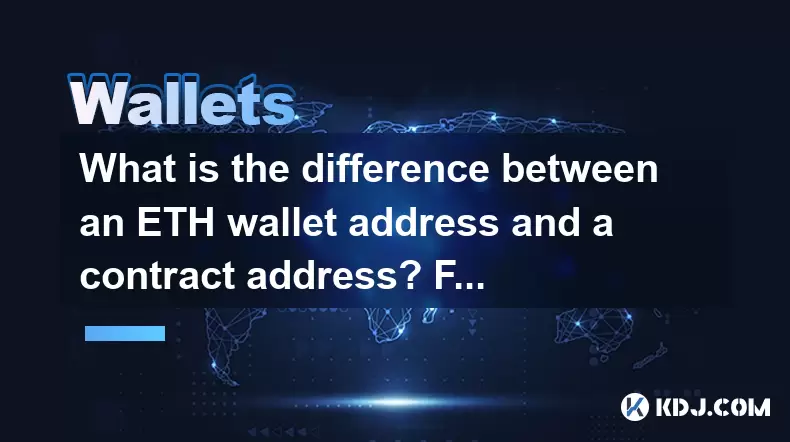
What is the difference between an ETH wallet address and a contract address? Functional comparison
May 13,2025 at 03:42am
The Ethereum blockchain ecosystem comprises various types of addresses, each serving distinct purposes. Understanding the difference between an ETH wallet address and an ETH contract address is crucial for anyone navigating the crypto space. This article delves into the nuances of these addresses, highlighting their functionalities, structures, and use ...
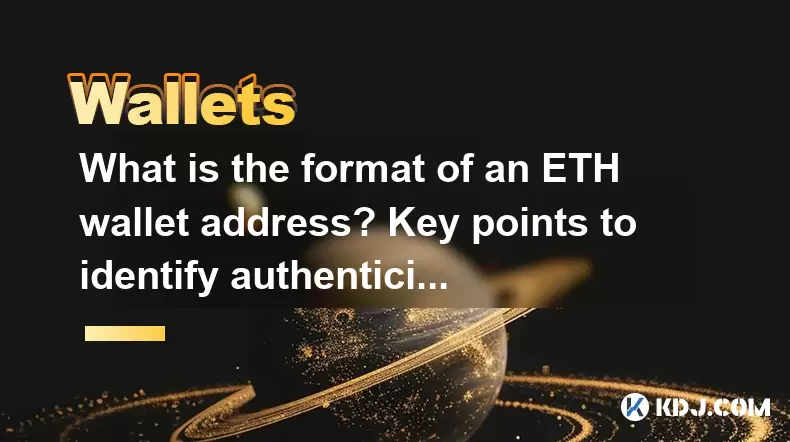
What is the format of an ETH wallet address? Key points to identify authenticity
May 13,2025 at 03:49am
The format of an Ethereum (ETH) wallet address is a crucial aspect of understanding and interacting with the Ethereum blockchain. An ETH wallet address serves as a unique identifier for sending and receiving Ethereum and other tokens on the Ethereum network. Understanding the format and key points to identify authenticity is essential for ensuring secur...

How to hide the ETH wallet address? Privacy-enhancing protection methods
May 13,2025 at 12:28am
Protecting your Ethereum (ETH) wallet address is crucial for maintaining privacy and security within the cryptocurrency space. With the growing concerns over privacy breaches and hacking attempts, it is essential to understand various methods that can help you hide your ETH wallet address effectively. This article will delve into several privacy-enhanci...

How to scan the ETH wallet address QR code? Quick transfer tips
May 13,2025 at 02:21am
Scanning an Ethereum (ETH) wallet address QR code is a convenient and quick way to initiate transactions. Whether you're sending ETH to a friend or making a purchase, understanding how to properly scan a QR code can streamline your cryptocurrency transfers. This article will guide you through the process step-by-step and provide additional tips for quic...

How to set an alias for the ETH wallet address? Simplified transfer operation guide
May 13,2025 at 02:49am
Setting an alias for your Ethereum (ETH) wallet address can significantly simplify the process of sending and receiving cryptocurrencies. An alias serves as a user-friendly name that replaces the long, complex string of characters that make up a typical ETH address. This guide will walk you through the steps to set up an alias for your ETH wallet and pr...

What to do if the ETH wallet address is lost? Recovery methods and prevention suggestions
May 13,2025 at 12:42am
Losing an Ethereum (ETH) wallet address can be a distressing experience, especially if it contains significant funds. However, there are several recovery methods and preventive measures you can take to mitigate the risk and potentially recover your lost wallet. This article will guide you through the steps to recover a lost ETH wallet address and provid...

What is the difference between an ETH wallet address and a contract address? Functional comparison
May 13,2025 at 03:42am
The Ethereum blockchain ecosystem comprises various types of addresses, each serving distinct purposes. Understanding the difference between an ETH wallet address and an ETH contract address is crucial for anyone navigating the crypto space. This article delves into the nuances of these addresses, highlighting their functionalities, structures, and use ...

What is the format of an ETH wallet address? Key points to identify authenticity
May 13,2025 at 03:49am
The format of an Ethereum (ETH) wallet address is a crucial aspect of understanding and interacting with the Ethereum blockchain. An ETH wallet address serves as a unique identifier for sending and receiving Ethereum and other tokens on the Ethereum network. Understanding the format and key points to identify authenticity is essential for ensuring secur...
See all articles






















































































